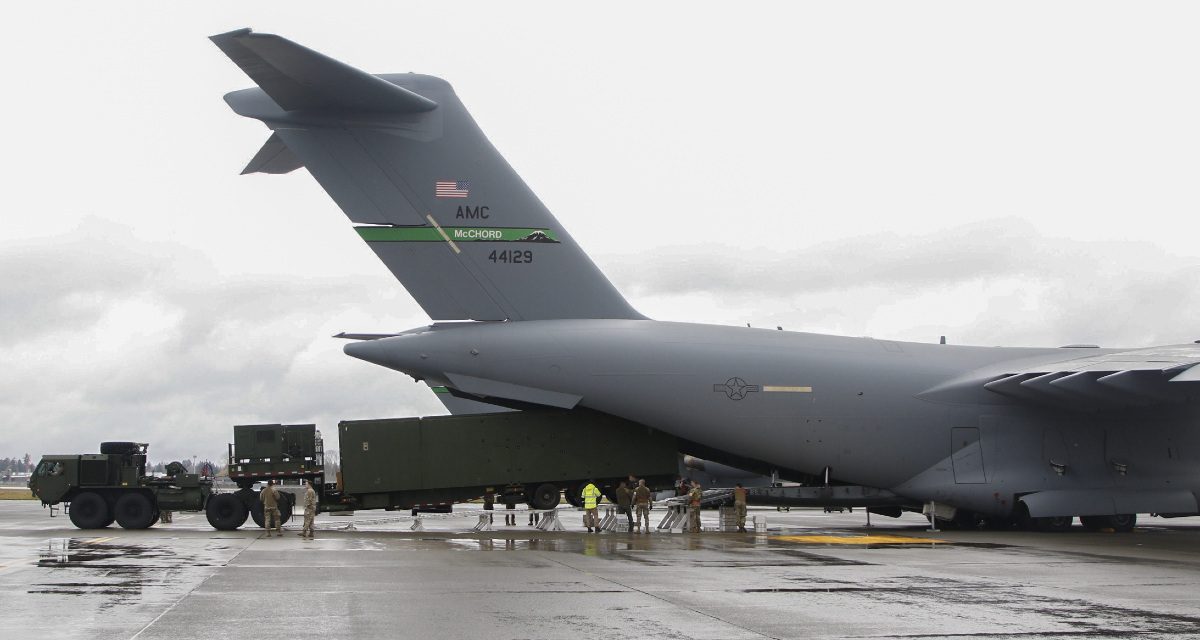Subrata Majumder
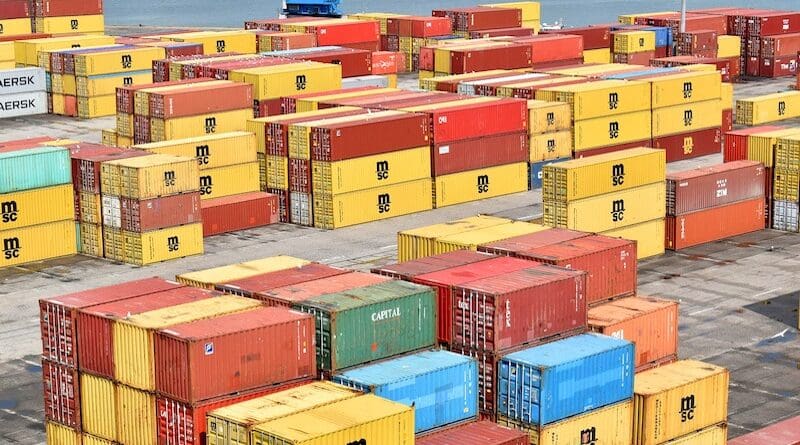
With the launching of RCEP (Regional Comprehensive Economic Partnership), China made a bold entry into India, despite India withdrawing from the trade lock. This means, India failed to foil Chinese dumping of goods. China made a backdoor entry into India through ASEAN – a close trade ally of China, which holds a lion share in intra-RCEP trade. ASEAN accounted for one third of intra-RCEP trade.
RCEP includes 15 countries – ASEAN 10 plus China, Japan, South Korea, Australia and New Zealand. It was ratified in January 2022.
India withdrew from RCEP, fearing China’s predatory entry in India’s large market and damaging domestic manufacturing.
The fallacy lies with India’s substantial imports from ASEAN with the onset of RCEP. It is believed that China dumped goods in India en route through ASEAN.
During 2020-21 to 2022-23, India’s imports from ASEAN increased by 84.6 percent. Much of these increases were due to large imports of electronic and electrical goods (HS : 84 &85). Imports of these items increased by 39.8 percent during the two years period – from US $ 12, 104.3 million in 2020-21 to 17,559.9 million in 2022-23.
Paradoxically, in the preceding two years, imports of electrical and electronic goods from ASEAN declined. During 2018-19 to 2019-20, imports declined by 0.9 percent – from US$ 14,496.8 million in 2018-19 to US$ 14,365.9 million in 2019-20.
Parallel to this trend, ASEAN imports of similar electrical and electronic goods from China spurred during the same period. They increased by 34 percent during 2020 to 2022


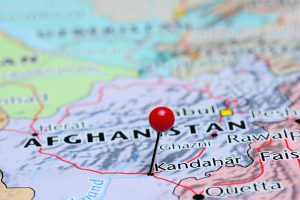
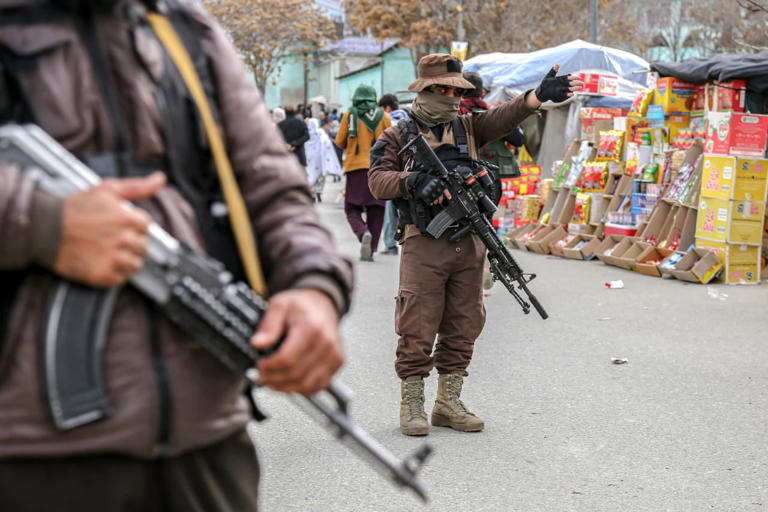



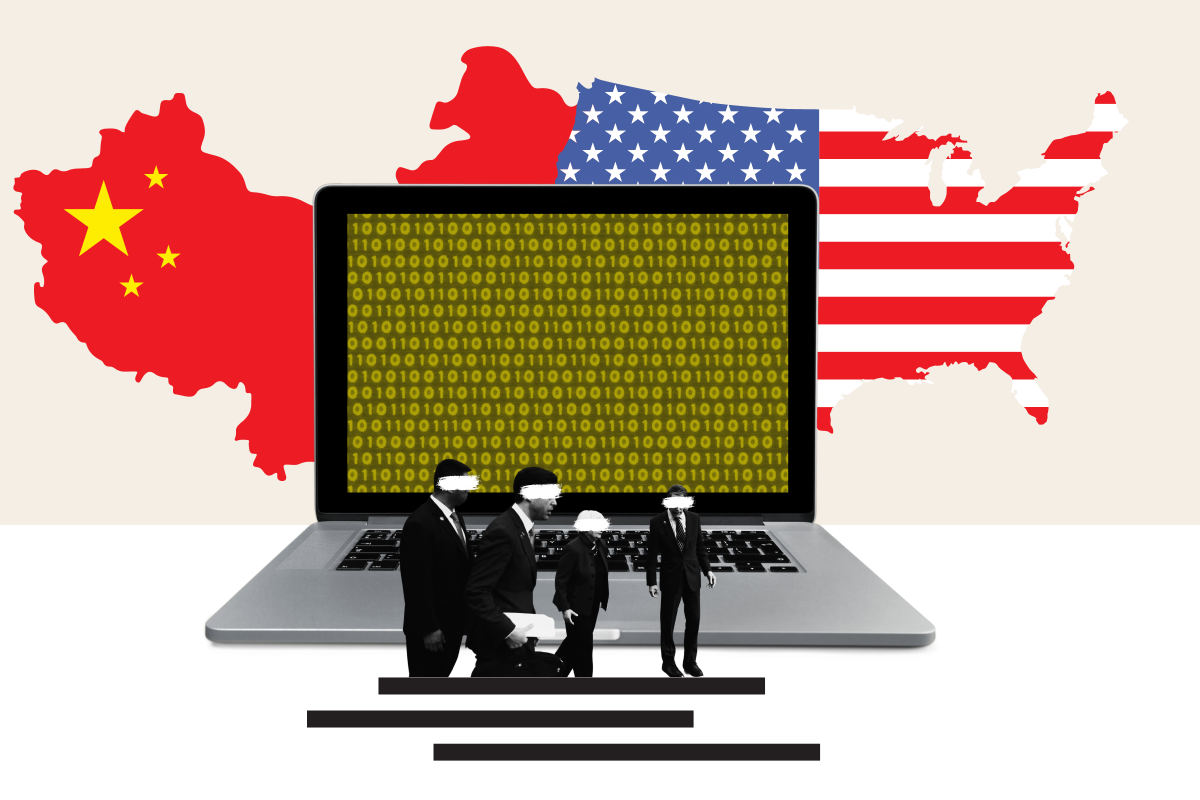
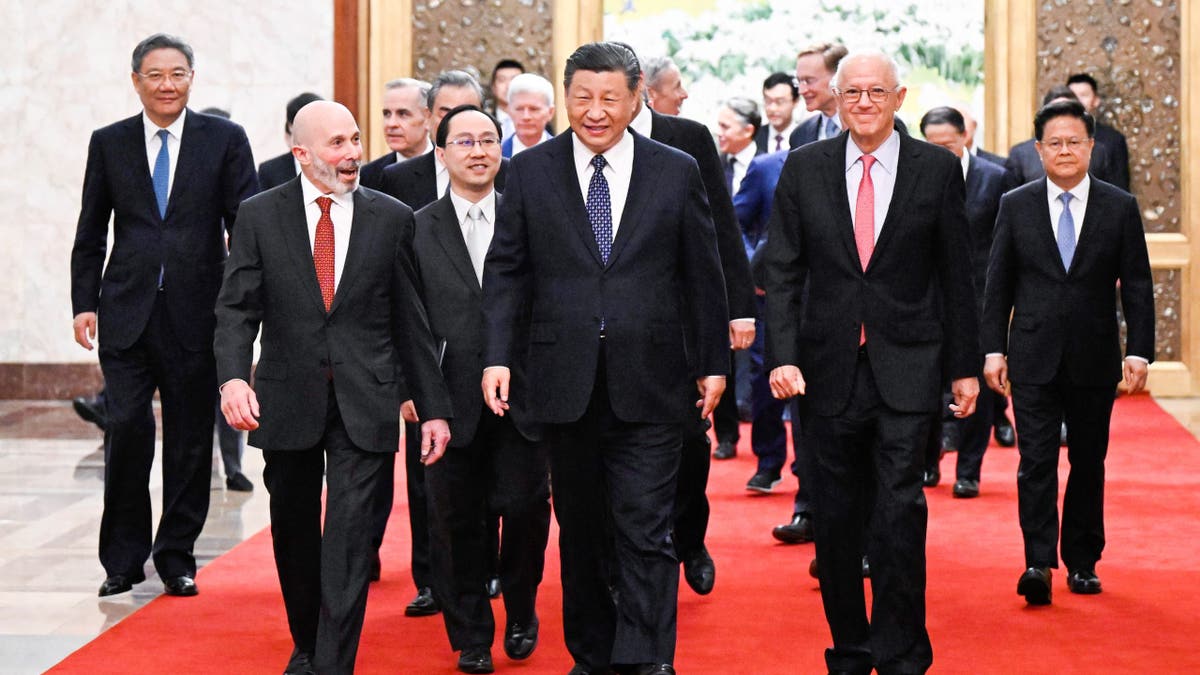

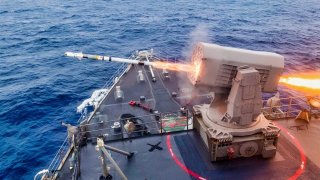


:quality(70)/cloudfront-us-east-1.images.arcpublishing.com/archetype/GRIGS22BK52GETDBGJYWWNKBKB.jpg)
